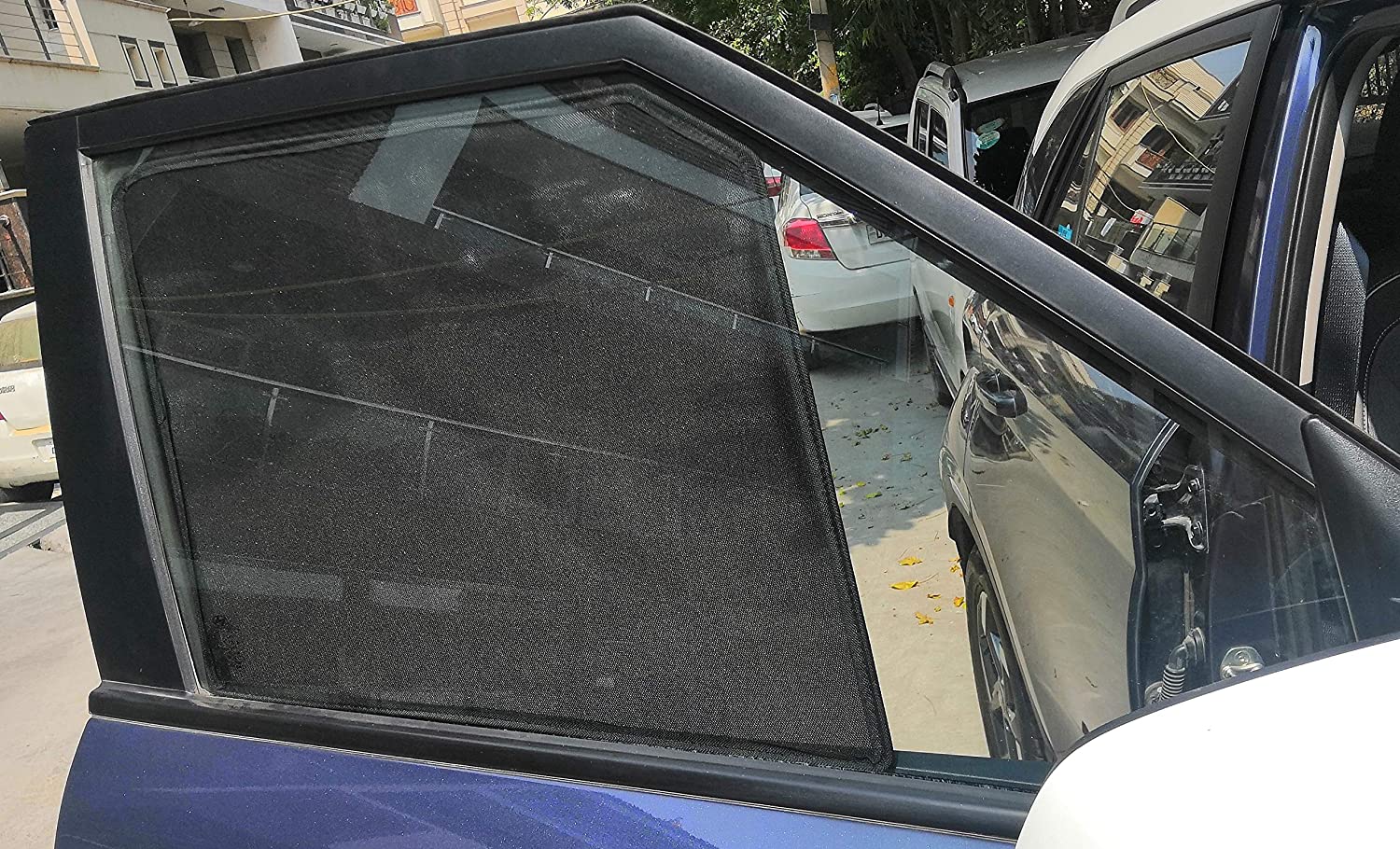Content Attributes
When looking to get the best value for money with your car insurance, it’s important to research all the different types of policies you can take out for your car.
Among them, is potentially one of the most beneficial types of car insurance policy – multi-car insurance.
In this article, you’ll learn what a multi-car insurance policy is, as well as some of the reasons why you should consider taking one out.
Read on to learn more.
Also, for further information on the best multi car insurance click here.
What is multi-car insurance?
Multi-car insurance is a particular type of insurance policy that’s designed for drivers who have more than one car they need to insure.
With a standard insurance policy, you’d take out one policy for your car, and if you were to apply this to more than one car, you’d naturally need more than one policy. However, multi-car insurance allows you to add coverage to multiple vehicles, but all through one individual policy.
Whilst it may vary with different providers, there’s usually a maximum of four cars that can be added to one multi-car insurance policy.
Within your policy, each car will have specific coverage – which you can establish yourself – and every aspect of each car’s insurance will be handled through your single policy, and provider.
With multi-car insurance, you have the most effective and efficient way to insure multiple vehicles, without the need to take out several policies. On top of this, there is also a range of perks that can be offered with multi-car insurance.
Why should you consider taking out a multi-car insurance policy?
There are many reasons why multi-car insurance should be the main consideration for your next insurance policy. These can include:
Discounted car premiums
One of the main benefits of taking out a multi-car insurance policy is that you can gain discounts for your car premiums, simply by adding cars to your policy.
With other forms of insurance, you’d receive an individual premium for each vehicle, when you take out an individual policy for each.
However, through multi-car insurance, you can take out the same coverage for each vehicle, except your premiums can be lowered, simply by adding multiple cars to one policy.
This way, you can ensure each of your vehicles as you normally would, except you’ll earn lower premiums in the process.
Tailored coverage for each vehicle
Another major benefit of multi-car insurance is although you’re including multiple cars under the same policy, you can still tailor the exact coverage you want for each vehicle.
For instance, you may have a car that you deem to be of high value – whether it’s because of how much the car is worth, or how essential the car is in your day-to-day life. With this car, you can add more coverage, such as comprehensive or breakdown coverage.
On the other hand, there may be a car you consider to be less valuable. Perhaps this is one you drive rarely, or bought for a lower price. With this car, you can avoid any unnecessary spending on extra coverage, and keep it simple.
You can have the same level of customizability that normal insurance gives you, whilst still benefiting from your multi-car insurance policy.
Easy management of your policy
With multi-car insurance, you can also save large amounts of time and effort when managing your policy.
By ensuring each of your cars individually, you’ll need to remember several details surrounding each policy – such as different renewal dates and contact information for providers and breakdown assistance, for example.
With all your cars insured under one policy, there’ll only be one point of reference for every aspect of your insurance, and any information you need to access or adjust can be done so with ease and visibility.
Conclusion
Multi-car insurance is the ultimate policy for drivers of more than one car, who need the best type of insurance to cover all of their vehicles, in the easiest and most cost-efficient way.



